“Patent Pending” Provisional Rights
What gives an inventor provisional rights? Recently a client asked me to sue a competitor for infringement on her patent application. I told her that even though you can mark articles with the terms “Patent Applied For” or “Patent Pending” these phrases have no legal effect, but only give information that an application for patent has been filed in the United States Patent and Trademark Office. The protection afforded by a patent does not start until the actual grant of the patent.
However, damages for pre-patent grant infringement by another are now available. The American Inventors Protection Act, 35 U.S.C. § 154(d) gives the inventor provisional rights:
“patents issuing on published applications will include the right to obtain reasonable royalties from others who, with actual notice of the published application, made used, sold, offered to sell, or imported the invention as claimed in the published application before the patent was granted.”
Once a patent application is published, an applicant may assert provisional rights. Publication occurs 18-months following the filing date or priority date claimed by an application. These § 154(d) provisional rights provide a patentee with the opportunity to obtain a reasonable royalty from a third party that infringes a published application claim provided:
- actual notice is given to the third party by applicant (the inventor probably needs to send a cease-and-desist letter), and
- a patent issues from the application with a substantially identical claim.
Having this ability to protect an invention is a powerful sword in the inventor’s bag of weapons. It is risky business for your competition to take the chance and sell a patentpending product because they can be sued at a later date and possibly be forced to take all their products “off the shelf.”
But what about the shield? How does the inventor protect an invention? If you give your competition notice of your published application is it possible they will submit documents to shoot down your patent? And what can you do to shoot down somebody else’s patent or patent application?
Following publication, the application for patent is no longer held in confidence by the Patent Office and any member of the public may request access to the entire file history of the application in Patent Application Information Retrieval (PAIR). What are the available ways a competitor can submit prior art against an issued patent or pending patent application to the United States Patent and Trademark Office?
- Third-Party Submissions in Patent Applications (37 C.F.R. 1.99)
- Protests Against Published Applications (37 C.F.R. 1.291)
- Citation of Prior Art in Issued Patents (37 C.F.R. 1.501)
1. Third Party Submissions pursuant to 37 C.F.R. 1.99 are:
- Submissions by the public of patents or publications only
- During the pendency of a published application
Third Party Submissions must be filed within two months from the date of publication of the application (§ 1.215(a)) or prior to the mailing of a notice of allowance (§ 1.311), whichever is earlier. This really isn’t a big window of time. How would anyone even know it was published unless they were constantly searching the United States Patent and Trademark website? Based on this law, I would suggest not giving anyone notice of your pending patent application until at least two months after publication.
2. A protest, pursuant to 37 C.F.R. 1.291, may be filed by:
- Any member of the public, including private persons, corporate entities, and government agencies
- In a pending patent application
- Will be matched with application file if adequately identifies the patent application.
A protest has to be filed before publication or before a notice of allowance. This rule has always bothered me. I think this time constraint should be addressed through patent reform because there aren’t many ways to find out whether an application is pending unless it’s published. I would guess you would need some sort of inside information. Or based upon the marking of patent pending on an object you might guess there is an application,but then you’d have to act as a Detective and find out the application number because it isn’t published.
3. Citation of Prior Art in Issued Patents (37 C.F.R. 1.501) may be filed by:
- Any person, individual, corporate or government entity, real parties in interest, persons without a real interest
- May submit patents or publications along with an explanation
- Having a bearing on the patentability of any claim in a particular patent
I’d like to throw this out for discussion, why does the patent office make it so difficult to either submit third-party submissions or protests by limiting the time in which you can file these types of submissions? How could you protest and identify a patent application if it’s not even published? And isn’t two months from publication such a narrow time period that makes it very difficult for anyone to even find out that there is a pending published application for a Third Party Submission?
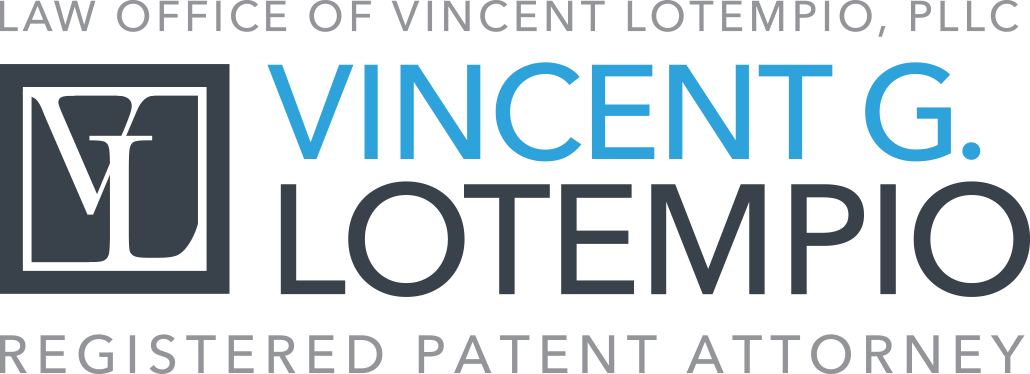
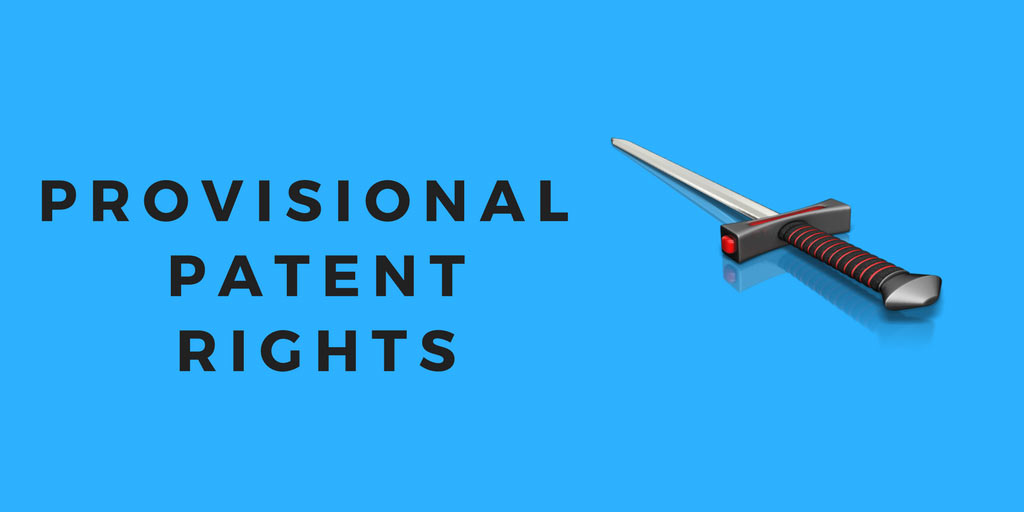

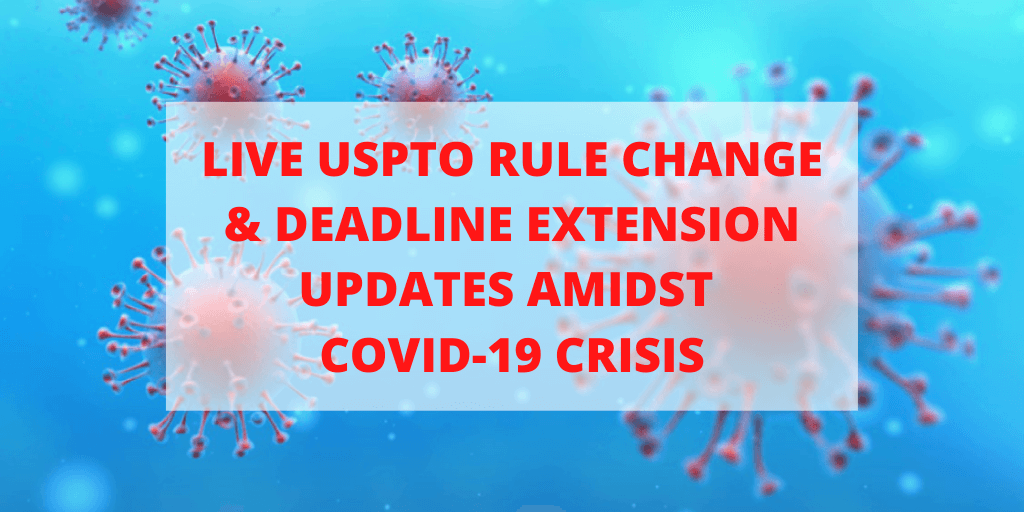
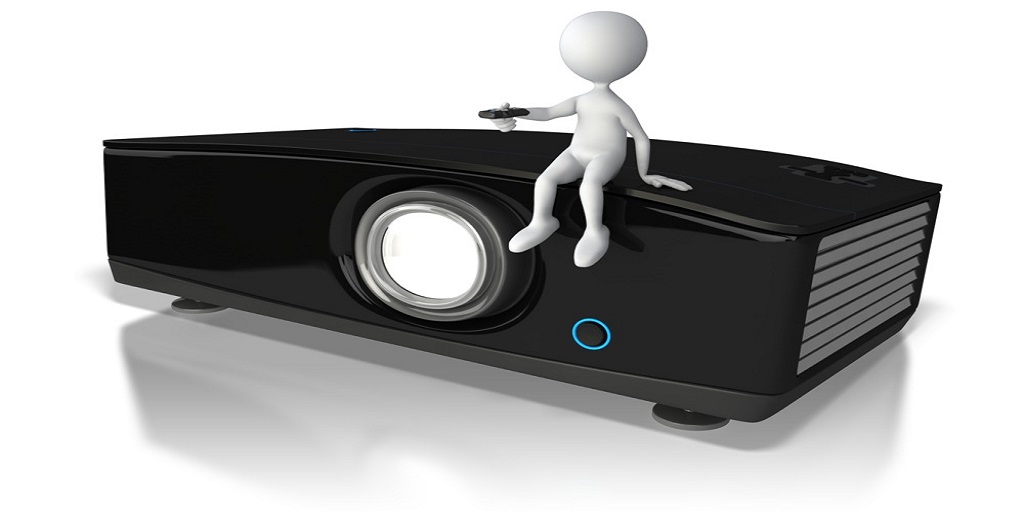
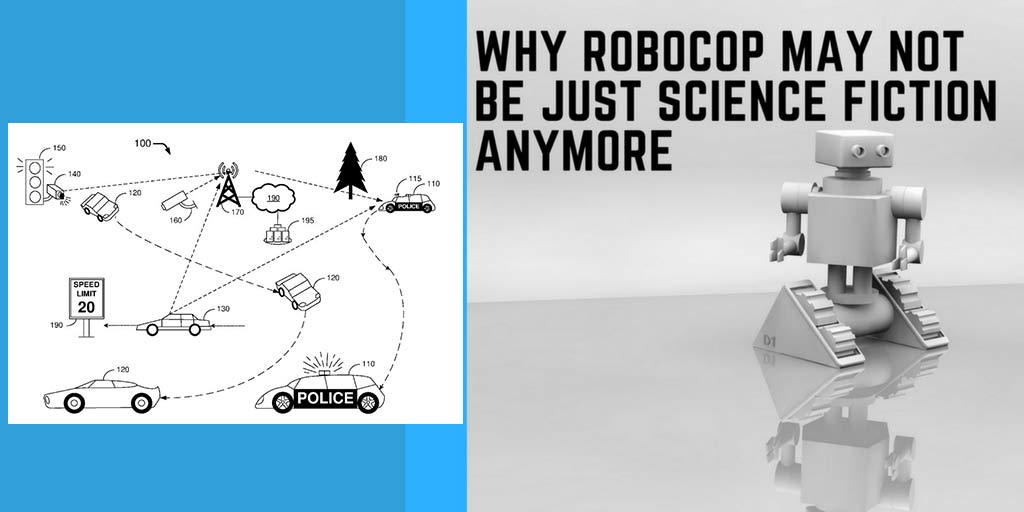
August 31, 2010 @ 6:37 pm
I would also have advised her to consider offering a license – a nicely worded letter can put the competitor on notice, but may not rise to the threat level needed to give standing to file a Declaratory Judgment (“DJ”) action.
I might also have advised her to consider filing a petition to make special, on the grounds that there is an actual infringer. That would theoretically speed up the process.
I might even have advised her to consider the new accelerated prosecution program, where she could file a continuation application, with claims specifically (i.e., narrowly) focused on the competitor’s product, so that the patent might issue within around 7 months.
Finally, I might caution her that if a competitor has a product on the market so soon after her patent was filed, it may be that the competitor had thought of the idea before she filed her patent application, and may have a patent pending of their own. Thus, your client might look at potential freedom to operate issues of her own, as well as potential patentability concerns.
But yes, everything you pointed out is also true, and should likely be pointed out to the client as well.
September 1, 2010 @ 11:44 am
Thank you and nicely put. I have advised my client as to sending a letter of notice with an offer of license and the freedom to operate issue. And I think it’s probably good advice to let her know about the ability to have the application sped up through petition to make special or the new accelerated prosecution program.
You bring up some good points that can probably be considered for new blog posts, i.e. petitions to make special and the reason why a cease-and-desist letter should be worded such that it does not give rise to a declaratory judgment.
What do you think is the reason why a protest has to be filed before the patent application is published? Doesn’t that make it nearly impossible to file a protest?
September 4, 2010 @ 3:01 pm
I have both sent and received letters about pending published applications and my experience is that it does little besides make the applicant feel good that at least something was tried. Once you study the prosecution history as the alleged infringer, you can consider what you need to do to design around whatever is being claimed. Also, most applications get amended enough so that even if the issued patent is infringed, the “patent issues from the application with a substantially identical claim” prong is not met.
Like Harry Truman called the vice presidency; a warm bucket of spit.
Also, I don’t see much risk of a DJ. The alleged infringer can’t be sued, so he has no fear of being sued, at least not until the patent issues, by which time his safety, as described above, is likely to have come to pass.
September 6, 2010 @ 4:10 pm
Provisional rights seem fair. I think it’s only right that an applicant who has traded secrecy for IP rights should be able to bring a patent enforcement action. Otherwise we would have to expect a scourge of a new form of patent infringer that could deliberately steal the inventions of patent applicants, with impunity. Such a situation could undermine the entire patent law system.
September 17, 2010 @ 9:54 pm
Hello, I am the editor at https://freelegalaid.com/, and I frequently comb the Internet for informative resources pertaining to legal self-help. This article clarifies some misapprehensions about the patent application process and is a useful tool for inventors and patentees. As such, I have attached a teaser of your article along with a link back to your blog on Free Legal Aid in the hopes that this will help spread the usefulness of your article. Thanks!
December 22, 2010 @ 7:02 am
Patentability of biotech inventions in USA
To be patentable subject matter in USA, an invention should be a process, machine, manufacture or composition of matter or any improvement thereof. There are three judicially created exclusions to patentable subject matter in USA. They are Laws of nature, physical phenomena, and abstract ideas. Biotechnology (Biotech) inventions are considered to be eligible subjects as Compositions of matter or manufactures.
April 14, 2011 @ 2:55 pm
I have a question. Does a provisional patent application provide an individual the benefit of claim of “proprietary rights” the same as a patent does?
May 5, 2011 @ 5:45 pm
I have a similar problem. I filed a patent pending and then sent my idea to a company. I did not go forward on the actual patent though within the year. Shortly after the company sent me notice that someone else had sent them the same idea with no patent 2 years earlier and they have been working with them to develop the product. They sent me the other persons submission. It is very much similar. Do I have any rights to compensation?
August 11, 2017 @ 9:02 pm
Please explain:
“MPEP 1901.04 When Should the Protest Be Submitted [R-08.2012]
Except where a protest is accompanied by the written consent of the applicant as provided in 37 CFR1.291(b)(1) ( I read the following then to mean a protest NOT requiring “written consent of the applicant”) , a protest under 37 CFR 1.291(a) must be submitted prior to the date the application was published under 37 CFR 1.211 or the mailing of a notice of allowance under 37 CFR 1.311, whichever occurs first, and the application must be pending when the protest and application file are brought before the examiner in order to be ensured of consideration. As a practical matter, any protest should be submitted as soon as possible after the protestor becomes aware of the existence of the application to which the protest is to be directed. By submitting a protest early in the examination process ,i.e., before the Office acts on the application if possible, the protestor ensures that the protest will receive maximum consideration and will be of the most benefit to the Office in its examination of the application. A protest submitted after the mailing of the notice of allowance … (I read this as a unique protest which as noted above does NOT require (see: “except”) an applicant’s written consent AND as prima facie evidence that this peculiar protest does NOT need to fulfill the requirements of any protest which is submitted BEFORE the Notice of Allowance) …will not knowingly be ignored if the protest includes prior art documents which clearly anticipate or clearly render obvious one or more claims. However, the likelihood of consideration of a protest decreases as the patent date approaches.”